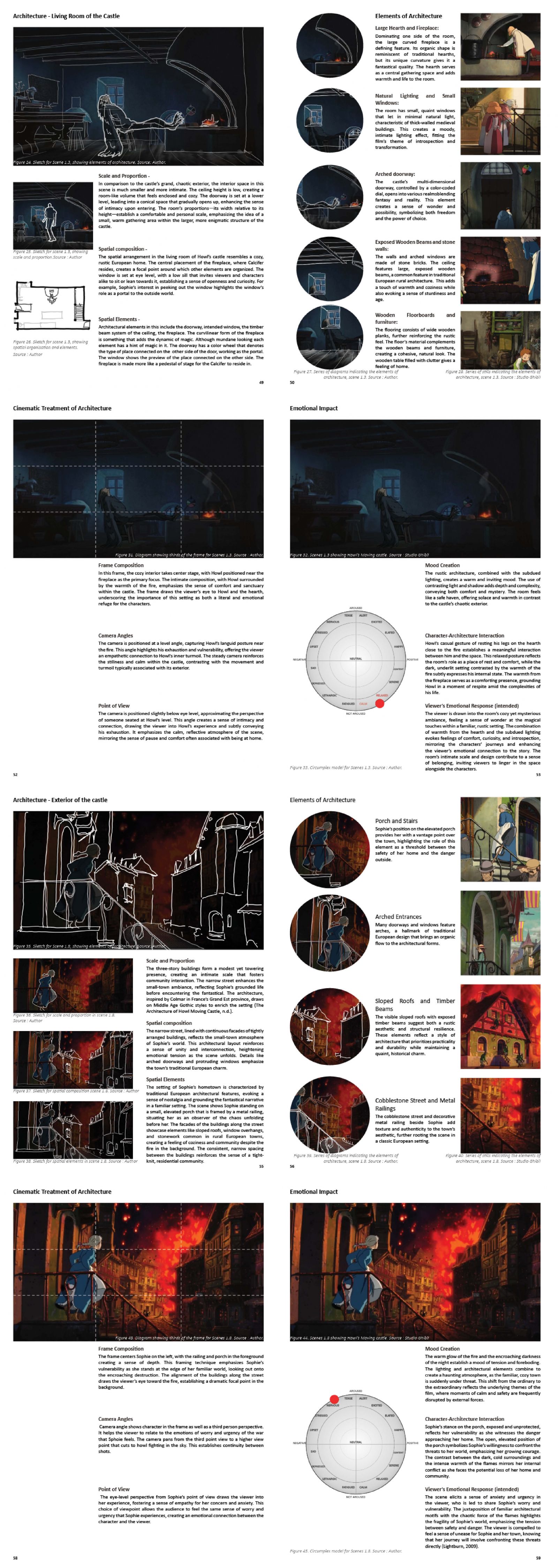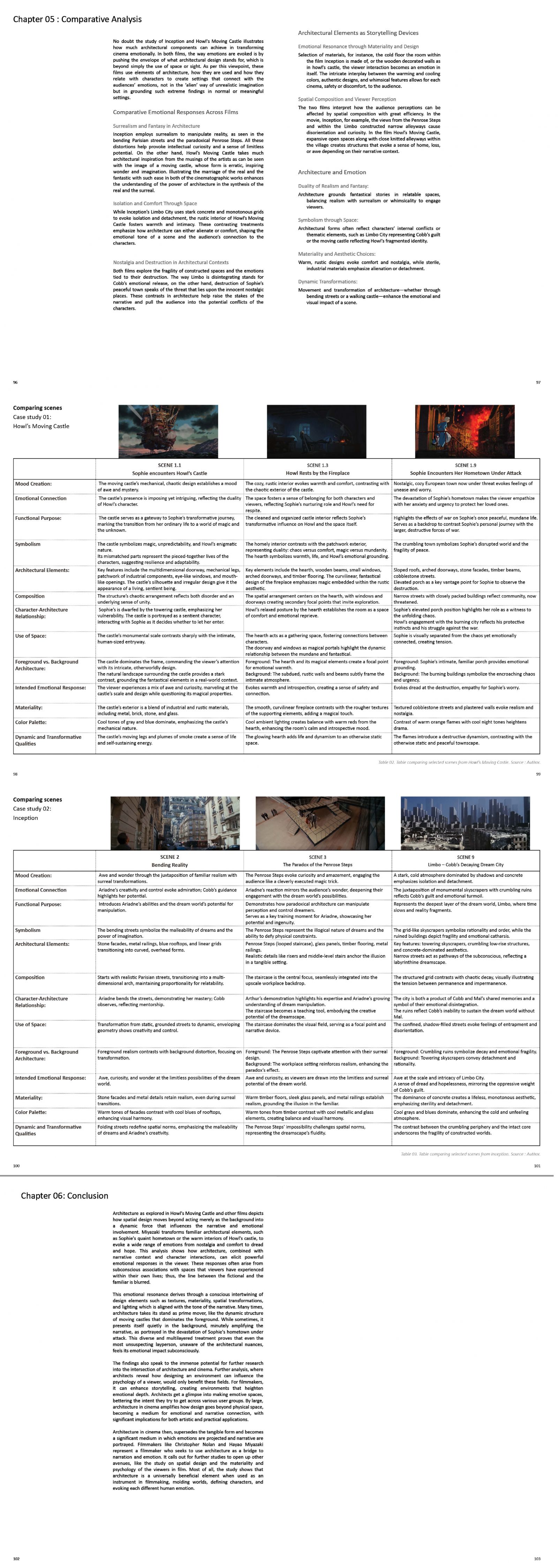Your browser is out-of-date!
For a richer surfing experience on our website, please update your browser. Update my browser now!
For a richer surfing experience on our website, please update your browser. Update my browser now!
SHAPING STORIES: How Architecture Influences Emotions in CinemaArchitecture in cinema is one of the most important tools filmmakers use to enhance the emotional engagement of the audience. Architecture and cinema shape perception, shaping how we experience the world and connect with our emotions. As B.V. Doshi remarked in 2018, "I always sensed the space as alive... My architecture philosophy is: Architecture is a backdrop for life." (Hariharan & Hariharan, 2023). This shows how architecture functions as a framework for human experiences, whether in everyday life or within the visual narrative of a film. Architecture draws on the power of association of us humans to the spaces we occupy. Although not significant to a layperson, it subtly influences our emotions. In cinema, architecture not only works as a backdrop but also shapes how we perceive space, character, and story. Art, such as film, plays a significant role in how people comprehend and relate to the environment and society at large. Film is a product of various genres and plots that helps in the understanding of society and the corresponding feelings. Similarly, architecture should be perceived not as an inanimate building but as a dynamic framework that influences human emotions in reactions to their spatial interactions. Charles Correa noted that architecture is a "succession of images," this emphasizes that, like cinema, architecture encompasses time and adds value to a place even when the place is not particularly in use – be it day or night, season after season or even as the years go by. (Charles Correa Foundation, 2024) Cinema can also be described as a "succession of compositions," exemplifying this quality. Architectural elements in films enhance the plot and shape the course of character development and emotional storylines by their spatial configuration. The cinematographer frames architectural elements to depict the wide range of emotions, from intimacy to isolation, or freedom to confinement, with minute detail. The interaction of architecture and cinema involves a strong synergy that powerfully amplifies each of them. The objective of this research proposal is to research the convergence of architecture and cinema with an emotional response with the aim of further investigation into how those three elements are interlinked . This study would expand the overall understanding by analyzing how filmmakers use architectural design to provoke certain emotions, thus projecting the ways through which space, narrative, and visual composition interact to create a rich emotional experience for the viewer.
View Additional Work








